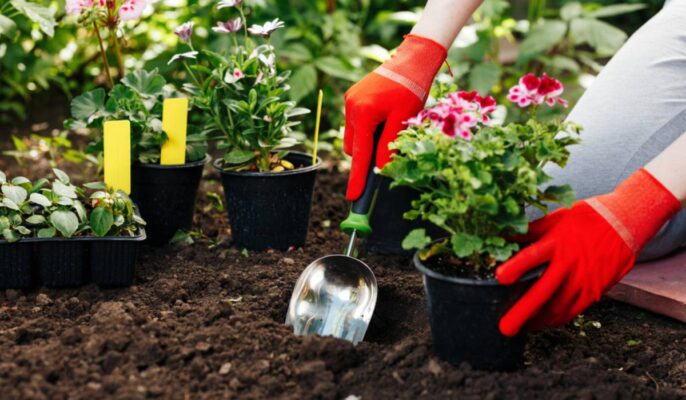Gardening, often considered a therapeutic pastime, offers countless rewards ranging from fresh produce to stunning floral displays. Whether you’re a seasoned horticulturist or a budding green thumb, exploring innovative techniques can take your garden from good to extraordinary AI apps. Here are some unique gardening tips to help you create and maintain a thriving, beautiful garden.
1. Embrace the Power of Companion Planting
Companion planting isn’t just about aesthetics—it’s a strategic approach that benefits plant health and productivity. By grouping certain plants together, you can naturally repel pests, enhance growth, and improve soil health. For example, planting marigolds alongside tomatoes can help deter nematodes, while basil enhances the flavor of tomatoes and repels whiteflies. Researching and implementing these plant relationships can boost your garden’s resilience and output.
2. Incorporate Vertical Gardens
If space is limited or you want to add dimension to your garden, consider vertical gardening. Using trellises, wall planters, and hanging pots, you can grow a variety of plants vertically. This method not only maximizes space but also creates a visually stunning garden landscape. Try vertical gardens for growing herbs, leafy greens, or even flowering vines to add a unique touch to your garden.
3. Utilize Aquaponics
Aquaponics combines aquaculture (raising fish) with hydroponics (growing plants in water) to create a self-sustaining ecosystem. Fish waste provides nutrients for the plants, while the plants help clean the water for the fish. This method can be a bit complex to set up but is highly efficient and environmentally friendly. It’s an excellent way to grow vegetables and herbs while also maintaining fish, making it ideal for small spaces or urban environments.
4. Experiment with Soil Health Techniques
Soil health is fundamental to a thriving garden. Beyond traditional composting, consider experimenting with methods like vermicomposting (using worms to decompose organic matter) and biochar (charcoal added to soil to improve its quality). Regular soil testing can also provide insights into nutrient levels and pH balance, allowing for more targeted amendments and healthier plants.
5. Incorporate Native Plants
Native plants are adapted to your local climate and soil conditions, making them easier to grow and maintain. They support local wildlife, including pollinators like bees and butterflies, and often require less water and fertilizer. Research plants native to your region and incorporate them into your garden for a sustainable, low-maintenance option that enhances local biodiversity.
6. Harness the Power of Mulch
Mulch is a gardener’s best friend, but don’t just stick to traditional wood chips. Explore options like straw, leaves, or even shredded newspaper. Mulch helps retain soil moisture, suppress weeds, and regulate soil temperature. By using different types of mulch, you can enhance soil health and reduce garden maintenance.
7. Design for Seasonal Interest
Designing a garden that provides interest year-round involves selecting plants that bloom in different seasons and incorporating elements like evergreens, ornamental grasses, and winter-blooming plants. Consider creating a garden plan that includes a mix of seasonal flowers, foliage, and structures to ensure your garden remains attractive and engaging throughout the year.
8. Innovative Watering Techniques
Watering efficiently is crucial for a thriving garden. Try implementing drip irrigation systems or soaker hoses to deliver water directly to the plant roots, minimizing evaporation and runoff. Rain barrels can also be a sustainable way to collect and use rainwater for your garden. Additionally, watering early in the morning reduces evaporation and allows plants to absorb moisture before the heat of the day.
9. Cultivate Your Own Natural Fertilizers
Creating your own natural fertilizers can be a rewarding and cost-effective way to feed your garden. Composting kitchen scraps, making liquid fertilizers from plant material (like nettle or comfrey), and using fish emulsion or bone meal are great options. These natural fertilizers enrich the soil and promote healthy plant growth without relying on synthetic chemicals.
10. Engage in Biodynamic Gardening
Biodynamic gardening is a holistic approach that integrates organic farming principles with astrological and lunar rhythms. It involves using natural preparations and aligning gardening activities with lunar cycles to enhance plant growth and soil fertility. While it may seem unconventional, many gardeners find that biodynamic practices improve their garden’s vitality and yield.
